Dec 16, 2021 | Alumni, Demography, Poverty & Equity, Women in Science, Young Scientists
By Fanni Daniella Szakal, 2021 IIASA Science Communication Fellow
Can we lift people out of energy poverty while simultaneously reducing carbon dioxide emissions? 2021 Young Scientists Summer Program (YSSP) participant Camille Belmin tried to tackle this seemingly contradictory issue by including fertility in the equation and estimating the conditions where an increase in energy access would reduce demand through decreasing population sizes.
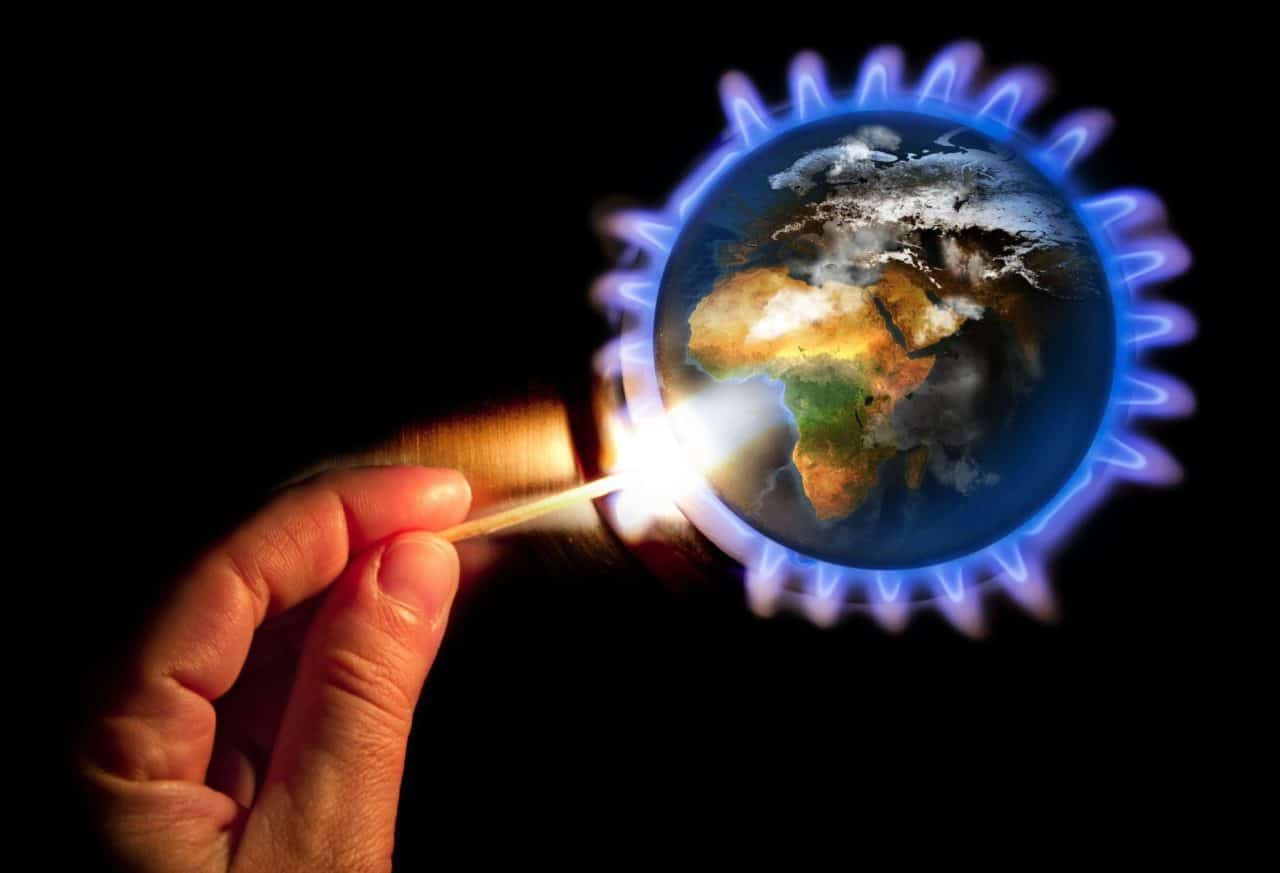
© Photopassion77 | Dreamstime.com
About every third person in the world today doesn’t have access to clean cooking fuels and 1 in 10 are without electricity, predominantly in the Global South. Increasing energy access will not only improve the quality of life for many, but it will also propel us towards achieving some of the UN Sustainable Development Goals (SDGs) such as SDG3, Good Health and Wellbeing, and SDG7, Access to Clean and Affordable Energy.
The downside of increasing energy access is the surge in carbon dioxide emissions that will likely follow. Although populations with low energy access emit only a small share of global carbon emissions compared to countries in the Global North, an increase in energy provisioning would still put more pressure on the climate crisis. But, what if we could increase energy access and decrease emissions at the same time while tackling a few more SDGs in the process, such as SDG5, Gender Equality and SDG13, Climate Action?
Camille Belmin, a participant in the 2021 YSSP aimed to do just that. As a PhD Student at the Potsdam Institute for Climate Impact Research (PIK) and at the Humboldt University of Berlin, Belmin focuses on the relationship between energy access and women’s fertility. In a previous study covering 43 countries around the globe, she found evidence that higher access to electricity and modern cooking fuels was associated with women having fewer children.
“With more access to energy, instead of, for example, picking up firewood for many hours a day, women are able to spend more time on education and employment. Energy access also lowers the need for child labor and reduces child mortality through reduction of indoor air pollution and improved healthcare. This often leads to women becoming more empowered and gives them agency over their reproductive choices, leading to a fertility decline,” says Belmin.
In her YSSP project, Belmin took the energy-fertility relationship a step further: she wanted to explore if an initial boost in energy access could lead to a decline in energy demand in the long term through reduced population sizes, both increasing the quality of life and reducing carbon dioxide emissions.
“I hope that by showing that universal access to energy can also have benefits for sustainability, I can encourage investments in modern energy access in countries where basic services are lacking,” she notes.
To find out under which conditions increasing energy access will lead to a decrease in energy demand, Belmin used a microsimulation model of population projection. Under different energy access scenarios, the model follows each individual in a hypothetical population through life events, such as birth, death, and gaining access to education and electricity, while calculating their total energy consumption. She hoped to find a scenario with net savings in energy demand, in other words, a scenario where the more you give, the more you get.
Setting up the model was a new challenge for Belmin ̶ while many scientific fields have been using microsimulation for a long time, applying it to population modeling based on energy access is a novelty. The potential benefits and positive implications of the work were however well worth the difficulty.
The study focused on population simulations in Zambia, where Belmin collaborates with an NGO that aims to finance education for girls through carbon credits, building on the idea that education will lead to lower population sizes and decreased emissions in the future.
“Because of patriarchal structures, women are often bound to household chores, making the lack of energy a huge burden,” says Belmin. “This research is very important to me as a woman, or just as a human, as it seems that providing modern energy services might be a way for women to have more choice and freedom in their lives.”
Further information:
Belmin, C. (2021). Introducing the energy-fertility nexus in population projections: can universal access to modern energy lead to energy savings? IIASA YSSP Report. Laxenburg, Austria: IIASA [pure.iiasa.ac.at/17688]
Note: This article gives the views of the author, and not the position of the Nexus blog, nor of the International Institute for Applied Systems Analysis.
Sep 23, 2020 | Alumni, Data and Methods, Environment, IIASA Network
By Victor Maus, alumnus of the IIASA Ecosystems Services and Management Program and researcher at the Vienna University of Economics and Business
The mining of coal, metals, and other minerals causes loss of natural habitats across the entire globe. However, available data is insufficient to measure the extent of these impacts. IIASA alumnus Victor Maus and his colleagues mapped more than 57,000 km² of mining areas over the whole world using satellite images.
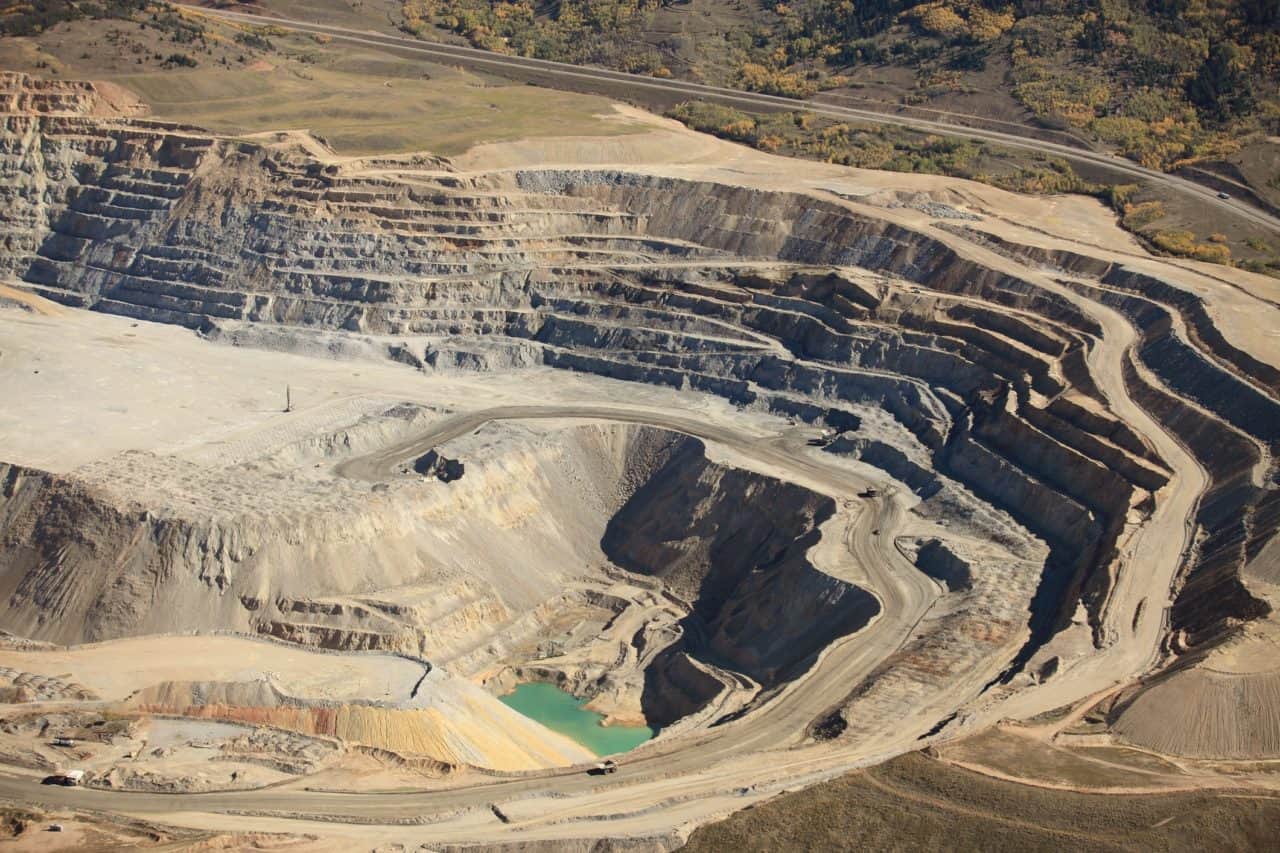
© Pix569 | Dreamstime.com
Our modern lifestyles and consumption patterns cause environmental and social impacts geographically displaced in production sites thousands of kilometres away from where the raw materials are extracted. Complex supply chains connecting mineral mining regions to consumers often obscure these impacts. Our team at the Vienna University of Economics and Business is investigating these connections and associated impacts on a global-scale www.fineprint.global.
However, some mining impacts are not well documented across the globe, for example, where and how much area is used to extract metals, coal, and other essential minerals are unknown. This information is necessary to assess the environmental implications, such as forest and biodiversity loss associated with mining activities. To cover this data gap, we analyzed the satellite images of more than 6,000 known mining regions all around the world.
Visually identifying such a large number of mines in these images is not an easy task. Imagine you are flying and watching from the window of a plane, how many objects on the Earth’s surface can you identify and how fast? Using satellite images, we searched and mapped mines over the whole globe. It was a very time-consuming and exhausting task, but we also learned a lot about what is happening on the ground. Besides, it was very interesting to virtually visit a vast range of mining places across the globe and realize the large variety of ecosystems that are affected by our increasing demand for nature’s resources.
The result of our adventure is a global data set covering more than 21,000 mapped areas adding up to around 57,000 km² (that is about the size of Croatia or Togo). These mapped areas cover open cuts, tailings dams, piles of rocks, buildings, and other infrastructures related to the mining activities — some of them extending to almost 10 km (see figure below). We also learned that around 50 % of the mapped mining area is concentrated in only five countries, China, Australia, the United States, Russia, and Chile.
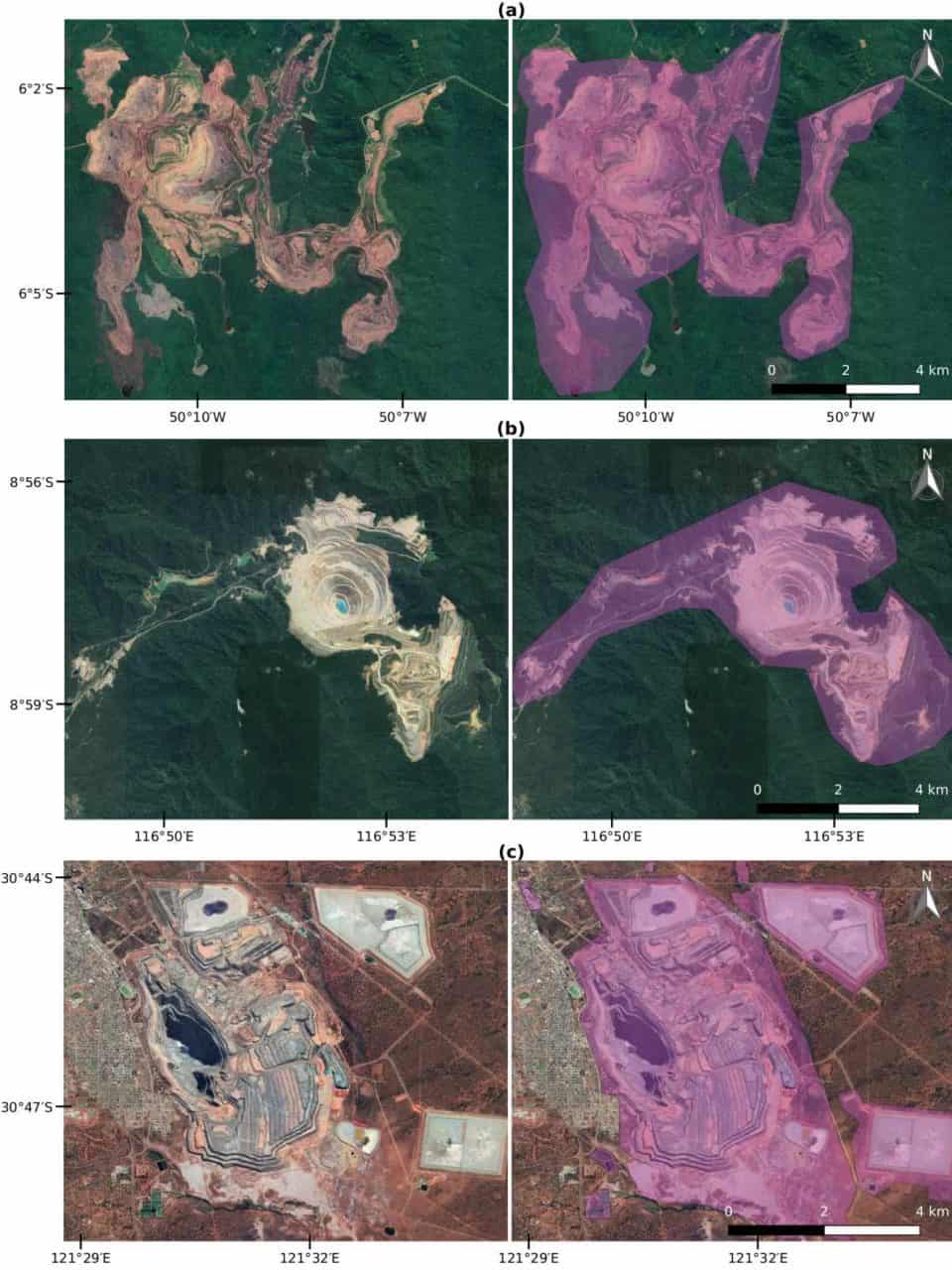
Examples of mines viewed from Google Satellite images. (a) Caraj\'{a}s iron ore mine in Brazil, (b) Batu Hijau copper-gold mine in Indonesia, and (c) Super Pit gold mine in Australia. In purple is the data collected for these mines (Figure source: www.nature.com/articles/s41597-020-00624-w).
Using these data, we can improve the calculation of environmental indicators of global mineral extraction and thus support the development of less harmful ways to extract natural resources. Further, linking these impacts to supply chains can help to answer questions related to our consumption of goods. For example, which impacts the extraction of minerals used in our smartphones cases and where on the planet they occur? We hope that many others will use the mining areas data for their own research and applications. Therefore, the data is fully open to everyone. You can explore the global mining areas using our visualization tool at www.fineprint.global/viewer or you can download the full data set from doi.pangaea.de/10.1594/PANGAEA.910894. The complete description of the data and methods is in our paper available from www.nature.com/articles/s41597-020-00624-w.
This blog post first appeared on the Springer Nature “Behind the paper” website. Read the original post here.
Note: This article gives the views of the authors, and not the position of the Nexus blog, nor of the International Institute for Applied Systems Analysis.
Aug 26, 2020 | Alumni, Climate Change, History, USA, Young Scientists
By Marcus Thomson, IIASA alumnus and a researcher at the National Center for Ecological Analysis and Synthesis (NCEAS), the University of California, Santa Barbara
IIASA alumnus Marcus Thomson explains how what we have learnt about prehistoric farming cultures can be used to provide useful insights on human societal responses to climate change.
The climate of the western half of the North American continent, between the Rocky Mountains and the Pacific coastal region, is dry by European standards. The American Southwest, in particular, centered roughly on the intersection of the states of Colorado, New Mexico, Arizona, and Utah, is predominantly desert between high mountain plateaus. It is, and has always been, a challenging environment for farmers. Yet the prehistoric Southwest was home to complex maize-based agricultural societies. In fact, until the 19th century growth of industrial cities like New York, the Southwest contained ruins of the largest buildings north of Mexico — and these had been abandoned centuries before the Spanish arrived in the Americas.
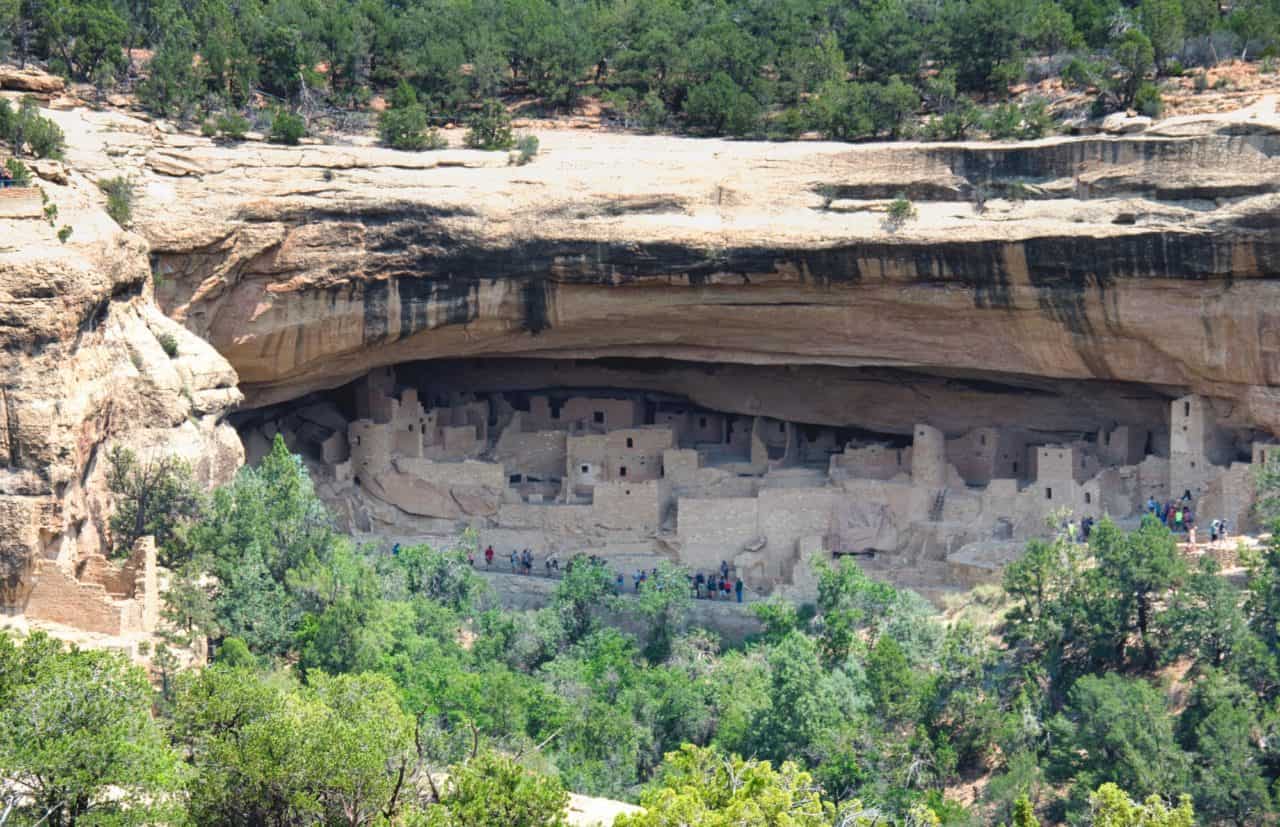
© Mudwalker | Dreamstime.com
For more than a century, researchers have pored over data, from proxies of paleo-environmental change, to historiographies collected by explorers, to archaeology and computational models of human occupation, and produced a detailed picture of the socio-environmental, economic, and climatic conditions that could explain why these sites were abandoned. While details vary in fine-grained analyses of the various sub-groupings of peoples in the region, the big picture is one of societal transformation in adapting to climate change.
Also important is just how the climate changed during the period, because similar dynamics are expected to emerge in the future as a consequence of global warming. European historians point to a medieval era with generally warmer mean annual temperatures. In the Southwestern United States however, which is more sensitive to changes in drought than temperature, the period between roughly AD 850 to 1350 is known as the Medieval Climate Anomaly (MCA). The warm, dry MCA was followed by a long stretch of increased changes in the availability of water, known as the Little Ice Age (LIA). More frequent “warm droughts” at the end of the MCA, and generally increasing changes in water resources at the onset of the LIA, is thought to be a good analogy for future conditions in western North America.
When I had the good fortune to visit IIASA as a participant of the Young Scientists Summer Program (YSSP) in 2016, I worked with research scholars Juraj Balkovič and Tamás Krisztin to develop a model of ancient Fremont Native American maize. The Fremont were an ancient forager-farmer people who lived in the vicinity of modern Utah. We used a climate model reconstruction of the temperature and rainfall between AD 850 and 1450 to drive this maize crop model, and compared modeled crop yields against changes in radiocarbon-derived occupations – in other words, the information gathered from carbon dated artifacts that show that an area was occupied by a particular people – from a few archaeological areas in Utah.
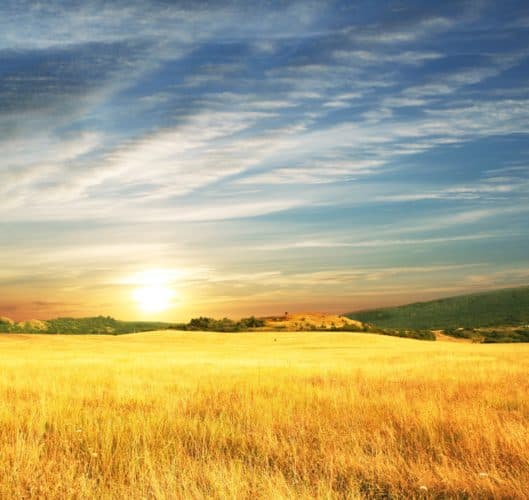
© Galyna Andrushko | Dreamstime.com
Among our findings was that changes in local temperatures appeared to play a larger role in the lives, practices and habits of the people who lived there than changes in regional, long-term temperature conditions [1]. Later, while a researcher at IIASA myself, I returned to the subject with one of our coauthors, professor Glen MacDonald of the University of California, Los Angeles, using an expanded geographic range and a more sophisticated treatment of radiocarbon dated occupation likelihoods.
We used the climate model to reconstruct prehistoric maize growing season lengths and mean annual rainfall for Fremont sites. We found that the most populous and resilient Fremont communities were at sites with low-variability season lengths; and low populations coincided with, or followed, periods of variable season lengths. This study confirmed the important dependence on climate variability; and more importantly, our results are in line with others on modern smallholder farming contexts.
More details on our latest study [2] have just been published online in Environmental Research Letters (ERL). It will become part of an ERL special issue looking at societal resilience drawing lessons from the past 5000 years. Studies like these can give useful insights on human societal responses to climate change because these ancient civilizations are, in a sense, completed experiments with complex human-environmental systems. For decision makers, who must plan early to commit resources to offset the effects of future climate change on smallholder farmers in similarly drought-sensitive, marginally productive environments, these studies indicate that year-to-year climatic variability drives occupation change more than long-term temperature change.
References:
[1] Thomson MJ, Balkovič J, Krisztin T, & MacDonald GM (2019). Simulated impact of paleoclimate change on Fremont Native American maize farming in Utah, 850–1449 CE, using crop and climate models. Quaternary International, 507, pp.95-107 [pure.iiasa.ac.at/15472]
[2] Thomson MJ, & MacDonald GM (In press). Climate and growing season variability impacted the intensity and distribution of Fremont maize farmers during and after the Medieval Climate Anomaly based on a statistically downscaled climate model. Environmental Research Letters.
Note: This article gives the views of the author, and not the position of the Nexus blog, nor of the International Institute for Applied Systems Analysis.
Jun 22, 2020 | Alumni
by Ralph L. Keeney, IIASA alumnus and Professor Emeritus at Duke University
Ralph L. Keeney is a professor and consultant about decision-making. He was a research scholar at IIASA from 1974-76, where he and Howard Raiffa finished their book Decisions with Multiple Objectives. Here he describes his most recent book, Give Yourself a Nudge: Helping Smart People Make Smarter Personal and Business Decisions, and how it can impact you.
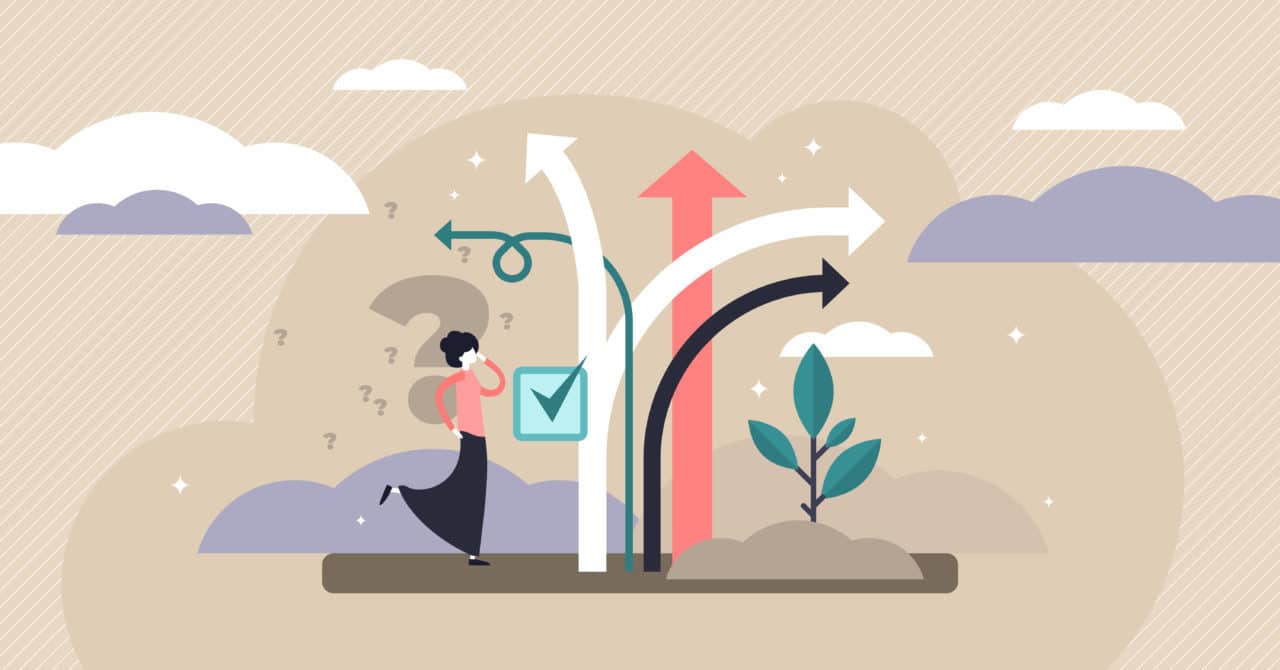
© VectorMine | Dreamstime
Few individuals understand the key role of decisions in one’s life. That is because many things other than decisions can increase the quality of your life. If you improve your professional skills, including your decision-making skills, you will get more job opportunities and end up doing more interesting work with better pay. If you regularly exercise and eat a better diet, your fitness and health will improve. Of course this is true, but none of this could happen without initially making decisions to improve professional skills, to exercise regularly, or to eat a better diet, and then making the routine decisions to follow through to turn your plans into reality. That’s why making decisions is the tool for improving your life. The rest of your life just happens beyond your control.
We all learned to make decisions by trial and error as very few individuals have had any education or training about how to make good decisions. Hence, we each have our own decision-making style composed of habits. Over the last four decades, researchers and scientists in the fields of behavioral economics and psychology have identified numerous biases and shortcomings of the habits used by all decision-makers. A concise summary of these findings is that decisions are often not adequately understood when a choice is made, and the choice of an alternative strongly depends on how the alternatives are presented rather than on their potential impacts.
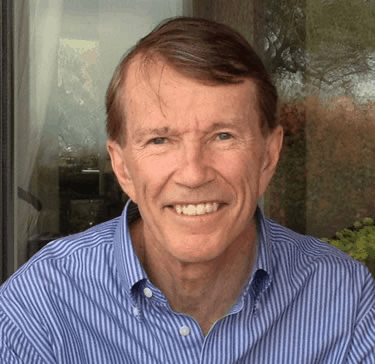
© Ralph Keeney
My new book, Give Yourself a Nudge presents numerous ways for you to limit the influence of the biases and shortcomings of your natural decision-making habits. It describes and illustrates several different types of personal nudges that guide you to make smarter decisions. These nudges help you clearly define the decision that you face, thoroughly articulate what you want to achieve by making that decision, create better alternatives to consider, and deliberately identify more desirable decisions to face. Personal nudges are applicable to all of your decisions.
My favorite personal nudge concept is called a decision opportunity. To understand this important concept, ask yourself “Who should be making your decisions?” Obviously, you should. So who should be making the decisions about which decisions you should face? This is a more challenging question. My response is that you should be making more of them than you currently are.
You do not choose the decision problems that occur due to the actions of others and circumstances beyond your control, and you must reactively address these decisions. However, you can proactively identify any specific decision that you want to face. I refer to these decisions as decision opportunities.
Pursuing a decision opportunity usually improves your life, whereas solving a decision problem rarely can improve your life. Let me explain. Most decision problems result from something that becomes worse in your life: you become sick, your car is damaged, or you lose your job. Solving such a decision attempts to restore your quality of life to its level before the decision problem occurred. When you create a decision opportunity, nothing in your life becomes worse. Pursuing a decision opportunity should improve circumstances which raises your quality of life.
To create a decision opportunity, all that you initially need to do is think about something you would really like to have or experience for yourself or others. You then define the decision opportunity as ’decide how to make that desired future a reality’. There are no limits to thoughts, so anything you envision can be the basis for a decision opportunity. After you define a decision opportunity, then address it in the same way that you do for a decision problem. Specifically, clarify all of your objectives for that decision opportunity, next create a set of potential alternatives to achieve them, and then select the alternative that best achieves your objectives.
The only reason to make any decision is to achieve something. That something is made clear by identifying the objectives for the decision, which should then guide all effort on that decision. Fully identifying all the objectives for an important policy decision is difficult and often not done. At IIASA, I developed techniques to help stakeholders articulate their objectives, which stimulates the creation of a richer set of alternatives and provides a basis for a more impactful analysis of those alternatives. Fully identifying all of the objectives for any IIASA project today is just as critical as it was in the past.
Note: This article gives the views of the author, and not the position of the Nexus blog, nor of the International Institute for Applied Systems Analysis.
May 14, 2020 | Alumni, Postdoc, Sustainable Development, Women in Science
By Raquel Guimaraes, postdoc in the IIASA World Population Program, and Debbora Leip, an alumnus of the IIASA Advanced Systems Analysis Program
IIASA researcher Raquel Guimaraes and former research assistant Debbora Leip encourage the support of the Cercedilla Manifesto, arguing that it is high time for the scientific community to take responsibility and set an example by making research meetings more sustainable.
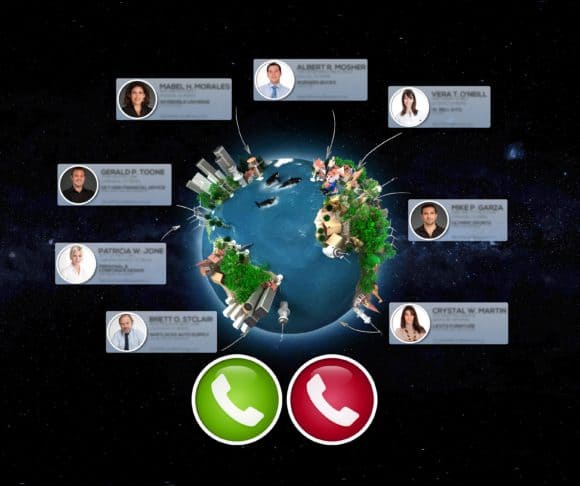
© La Fabrika Pixel S.l. | Dreamstime.com
The research community widely agrees that strong action is needed to counteract the climate crisis that is currently taking place. Nevertheless, scientists regularly meet at conferences that are often far from sustainable. Problems range from participants flying to attend events, to unnecessary gadgets and gifts handed out at the meetings, and unsustainable catering at conference dinners. In light of the current public debate on environmental and social sustainability, we call on scientists to take a leading role in changing their work practices towards more sustainable habits, starting with research meetings.
In April 2020, Alberto Sanz-Cobena and several colleagues published an article titled Research meetings must be more sustainable in Nature Foods. They presented the Cercedilla Manifesto with 12 sustainability decisions as guidelines for organizers and attendees of research meetings (see Figure 1). The starting point of the manifesto is to question whether a physical meeting is indeed necessary. If organizers decide that it is, there is still the question of whether each single attendee really needs to physically join the conference. Often, remote participation can be equally efficient if a technical solution is provided by the organizers. Furthermore, if a decision to conduct a physical meeting is taken, organizers have to consider what food will be served.
The authors state that excessive amounts of food and food waste are very common at meetings, which makes a change of mindset towards better food management very important, not only for climate change, but for many other environmental threats. In our opinion, this point has so far been neglected in public debate.
Given the urgency for climate change action and the need for individuals to play an active role – with research scientists taking the lead – we assert that it is urgent to start changing our habits and setting an example regarding environmental and social sustainability in research meetings. Indeed, many of us take it for granted that to meet and discuss our work, we must travel. Most attendees do not even question that unnecessary gadgets and gifts are distributed or that opulent dinners are provided.
We hope that the Cercedilla Manifesto will raise awareness about the fact that good scientific output often does not require a physical meeting by providing a conceptual framework for change in this regard. If we support the manifesto, we stand a chance to lower the barrier to dare deviating from currently applied practices. The 12-sustainability decisions were designed by specialists to serve as a reference for anybody who wishes to organize/attend a sustainable meeting.
In the current situation brought about by the global COVID-19 crisis, almost everybody has experienced that remote conferences are not only possible, but also efficient – sometimes even more so than a physical meeting would have been. First, it saves time in terms of travel. Second, it may be more inclusive by allowing people to attend, who would not have had the opportunity to join otherwise, be it for financial, family, or other reasons. In addition, remote meetings provide additional features, like a chat function that could add another discussion layer.
Of course, remote meetings also have their limitations: informal in-person meetings during coffee breaks, for example, can enhance networking and free discussions, and sometimes contribute significantly to a meeting’s outcome. Virtual meetings also face several other challenges, such as participation by attendees from different time zones, or poor internet connections. These issues could however easily be addressed by spreading the meeting over more days, in such a way that the need for attendance outside of acceptable time slots is minimized, and by investing saved traveling costs into better equipment.
Let us learn from this experience and not go ‘back to normal’ after the COVID-19 crisis. We should take this as an opportunity to speed up change and tackle the other global crisis of climate change!
You can find the petition at openpetition.eu/!cercedillamanifesto. We encourage you to share and support this initiative.
References:
Sanz-Cobena A, Alessandrini R, Bodirsky BL, Springmann M, Aguilera E, Amon B, Bartolini F, Geupel M, et al. (2020). Research meetings must be more sustainable. Nature Food 1, 187–189. DOI: 10.1038/s43016-020-0065-2
Frisch B, & Greene C (2020). What it takes to run a great virtual meeting. Harvard Business Review. https://hbr.org/2020/03/what-it-takes-to-run-a-great-virtual-meeting?ab=hero-subleft-3
Note: This article gives the views of the author, and not the position of the Nexus blog, nor of the International Institute for Applied Systems Analysis.
Apr 17, 2020 | Alumni, Germany, IIASA Network, Systems Analysis
By Liza Soutschek, doctoral researcher at the Leibniz Institute for Contemporary History, Germany
Liza Soutschek shares her journey in researching the institute’s history relating to the Cold War for her PhD dissertation.

© Liza Soutschek
IIASA, Schloss Laxenburg, November 1975
Howard Raiffa, the founding director of IIASA, was about to leave Schloss Laxenburg in November 1975 to return to the USA. In his farewell address, he reflected on the institute’s first three years as an East-West research institute during the Cold War and concluded:
“My most exhilarating moments at IIASA, the times when I feel most rewarded by all our efforts, occur whenever I am present at a scientific meeting and scientists from different disciplines and cultural backgrounds argue with each other, on substantive issues, without being conscious of their roles as mathematicians or economists or management scientists or of their national identities. I will never forget those times, when [Wolf] Haefele of F.R.G. [West Germany] and [Hans] Knop of G.D.R. [East Germany] would argue heatedly on a scientific point – sometimes on the same side and at other times on opposite sides.”
As Howard Raiffa pointed out, IIASA, founded in 1972 in the wake of Cold War détente, provided an exceptional platform for scientific dialogue and exchange across borders – in particular for East and West Germans.
Intrigued by IIASA’s history
Looking back from the present day, knowing how difficult interdisciplinary collaboration between scientists from different nations and cultures can be, one question that comes up right away is: what was it like working at IIASA in the 1970s and 1980s in the context of the Cold War?
I asked myself this question when I first came across IIASA in the fall of 2017, and the spring of 2018, when I started working on a dissertation project on the institute’s East and West German history. It is done as part of a research group that examined “Cooperation and Competition in the Sciences” in case studies from a historical perspective. In my dissertation, I analyzed the relations between scientific and political actors from East and West Germany in the context of IIASA, with a focus on mechanisms of collaboration and competition at the local site as well as on wider effects in the entangled Cold War German history.
Historical research: books, dust, and coffee
Historians write books, but in order to do that we have to read hundreds of other books, look for traces in (sometimes more, sometimes less) dusty archives, and drink a lot of coffee with interesting people.
Initially my research led me to several German state and scientific archives. In the Federal Archives, for example, I found evidence of close interconnections between German science and politics during the Cold War regarding IIASA – not only in the case of the GDR, but also the FRG. Besides the intention to build a bridge between East and West, IIASA was also an arena for Cold War rivalry in the eyes of both German states. My favorite archival find were the documents of the Max Plank Society, which was the former West German National Member Organization of IIASA.
In Germany, I also had the opportunity to talk to former West German members of the IIASA energy group in the 1970s and 1980s. Among them was Rudolf Avenhaus, who started working in the energy project under the leadership of Wolf Häfele in the summer of 1973. Over several cups of coffee, he told me about his life, what it was like to work at IIASA in those years, and about his collaboration with Willi Hätscher, one of the few East Germans in the group at that time.
A visit to IIASA and an inquiry
I finally had the chance to visit IIASA in the summer of 2019. With the help of several IIASA colleagues, I explored the IIASA archive for insights into the institute’s East-West German history. I also had the opportunity to discover more by talking to former and current IIASA employees. Two conversations I want to mention in particular, were with long-term staff members Martha Wohlwendt and Ruth Steiner, who provided an alternative view of IIASA to that of the scientists. I enjoyed my visit to the beautiful Schloss Laxenburg immensely and hope to return.
After collecting all these sources, from archival records to personal interviews, I can now begin writing an account on how cooperation and competition formed the relations between East and West Germans in the context of IIASA and thus, make IIASA’s history even better known.
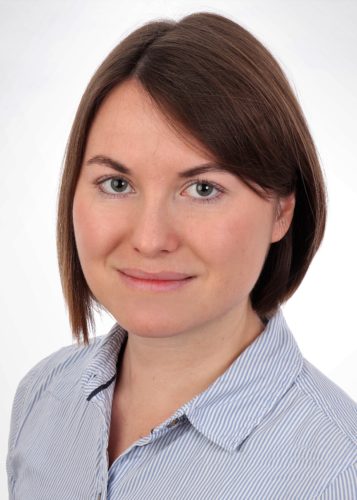
© Liza Soutschek
After sharing this insight into my research, I would like to end with an inquiry. If you read this and think, “I could add something to this story!”, I would be happy to hear from you. Whether you are a former German IIASA staff member or have another connection to all of this, maybe we can add another piece to the puzzle together.
Contact:
Liza Soutschek
Institut für Zeitgeschichte München – Berlin
Leonrodstr. 46b, 80636 München, Germany
soutschek@ifz-muenchen.de
Note: This article gives the views of the author, and not the position of the Nexus blog, nor of the International Institute for Applied Systems Analysis.
More on the history of IIASA.









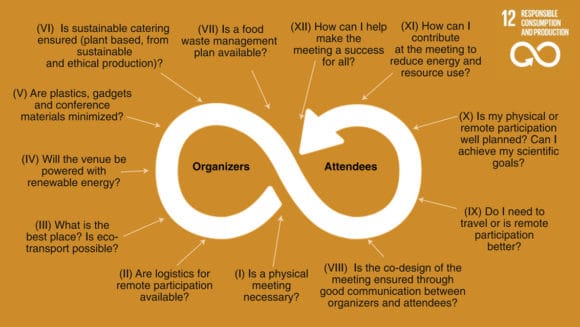


You must be logged in to post a comment.